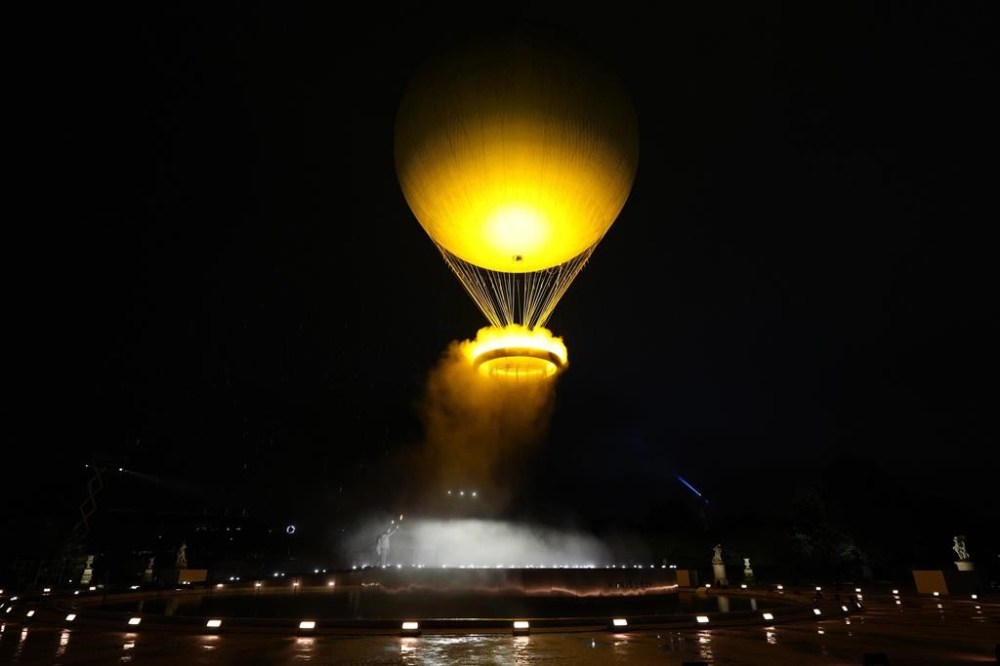The cauldron at the Paris Olympics looks like a hot-air balloon
Advertisement
Read this article for free:
or
Already have an account? Log in here »
To continue reading, please subscribe:
Monthly Digital Subscription
$1 per week for 24 weeks*
- Enjoy unlimited reading on winnipegfreepress.com
- Read the E-Edition, our digital replica newspaper
- Access News Break, our award-winning app
- Play interactive puzzles
*Billed as $4.00 plus GST every four weeks. After 24 weeks, price increases to the regular rate of $19.00 plus GST every four weeks. Offer available to new and qualified returning subscribers only. Cancel any time.
Monthly Digital Subscription
$4.75/week*
- Enjoy unlimited reading on winnipegfreepress.com
- Read the E-Edition, our digital replica newspaper
- Access News Break, our award-winning app
- Play interactive puzzles
*Billed as $19 plus GST every four weeks. Cancel any time.
To continue reading, please subscribe:
Add Winnipeg Free Press access to your Brandon Sun subscription for only
$1 for the first 4 weeks*
*$1 will be added to your next bill. After your 4 weeks access is complete your rate will increase by $0.00 a X percent off the regular rate.
Read unlimited articles for free today:
or
Already have an account? Log in here »
Hey there, time traveller!
This article was published 26/07/2024 (437 days ago), so information in it may no longer be current.
PARIS (AP) — The identity of the person who would light the Olympic cauldron for the Paris Games on Friday night (spoiler alert: Marie-José Pérec and Teddy Riner) was up in the air … and so, it turns out, was the cauldron itself: a ring of fire carried by a hot-air balloon.
Instead of the usual ground-bound cauldron used at most Summer and Winter Games, the special edition for the Paris Olympics is intended as a tribute to the first ride taken in a hydrogen-filled gas balloon — made in 1783 by two of that balloon’s French inventors.
They departed back then from the Tuileries Garden, which is near the Louvre Museum in the heart of Paris — and where the 2024 Olympic cauldron was lit before appearing to float into the sky.

Created by French designer Mathieu Lehanneur, the cauldron is meant as a symbol of liberty — an element in the national slogan of “Liberté, Égalité, Fraternité.”
The ring is 7 meters in diameter (about 23 feet), and the balloon is 30 meters (about 100 feet) tall and 22 meters (about 72 feet) wide.
___
AP Olympics: https://apnews.com/hub/2024-paris-olympic-games












